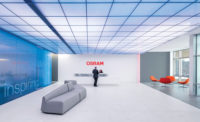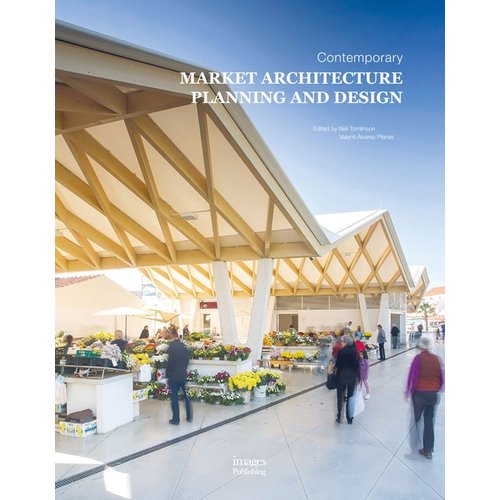Mutsuro Sasaki
Interviewed in his Tokyo office, the Japanese structural engineer reflects on the dramatic turn his work has taken since Toyo Ito's Sendai Mediatheque, nearly eight years ago.
 Mutsuro Sasaki |
|
In his collaboration with the architect Arata Isozaki on the 2002 design competition for a new train station for Florence, Italy, the Japanese structural engineer Mutsuro Sasaki reversed his traditional role. He started with what he calls the “target values” for stress and deformation loads, and then worked back to the final structure. Instead of taking a given form and optimizing its structural conditions based on calculated stress loads, Sasaki generated an otherwise unknowable form by applying those “target values” on individual components of the structure. Each application rippled through the structure until a definitive form emerged.
“I like to take a different position for each project,” Sasaki says, which rather simplistically summarizes a working process that largely depends on theoretical research he conducts as a professor in the department of architecture at Tokyo’s Hosei University. During the interview, Sasaki quietly speaks through the voice of his translator, Hiraiwa Yoshiyuki, one of a few architects in his employ. Meetings like this occur at the small conference table in the surprisingly diminutive offices of his Tokyo firm, Sasaki Structural Consultants, surrounded by books and other publications featuring his work. Fewer than a dozen employees—engineers, architects, and assistants, many of them his former students—sit at workstations and ponder designs for some of the most exciting contemporary buildings in architecture today. Nothing about the fluorescent-lit surroundings suggests this as an office where a structure like that of the Florence station could emerge. “I don’t think so much about the future, about some clear idea of what I’m going to do next,” he says.
What Sasaki is doing next is surely a question more architects must be asking, as the engineer’s hand has been involved in some of the most complex—and extraordinary—new buildings of the past decade. record has featured several of them: In Japan, Sendai Mediatheque [May 2001, page 190] and Tama Art University Library [January 2008, page 88]—both with Toyo Ito—as well as the Louis Vuitton Omotesando store [February 2004, page 145], with Jun Aoki; and the 21st Century Museum of Contemporary Art [February 2005, page 88], and, in Ohio, the Toledo Museum of Art Glass Pavilion [January 2007, page 78], both with SANAA and, in Toledo, Guy Nordenson.

|

|
| Sasaki devised an erection scheme that proposed building out the sides before fabricating the central structure on grade to then lift it into place. |
Similar methodologies thread through many of Sasaki’s projects, but the turning point in his recent career came with the 2001 completion of the Sendai Mediatheque. In a way, his collaborations with Ito and other leading Japanese architects stem from competing ideas introduced at Sendai. Sasaki divides architecture into two categories: abstract and spatial. For him, an abstract structure is straightforward, like Le Corbusier’s Maison Dom-ino—flat Miesian slabs supported by simple columns, repeated as necessary. Yet, a spatial structure, to put it as broadly as possible in terms of Sasaki’s work, is anything but straightforward. Sendai represents both of these strains, since the organization of the building consists of stacked flat slabs made of thin steel plates with steel ribs sandwiched between, although the vertical structure is a set of connected tubes forming webbed columns that sinuously flow through the building.

|
| The webbed “columns” branch across the station depending on how the structure could be optimized to address stress and deformation loads for the flat roof in an almost sideways version of what he had designed for Sendai Mediatheque. |
The story of the Sendai Mediatheque has the ring of legend, as Sasaki colors it in the way of so much fast-paced, globally connected design. “Ito had faxed me a sketch from Narita (Tokyo’s airport), and I responded in a few days with the structural concept,” Sasaki says, referring to Ito’s drawing, theoretically inspired by the way seaweed sways underwater. “Before that, I had never considered a structure like that.” One month later, the two designers had submitted a proposal for the project competition that reflected what was ultimately built: At the corners of the building, Ito and Sasaki arranged four large columns, ranging between 20 and 30 feet in diameter and consisting of tubes that vary from 5 to 10 inches in diameter, to resist the seismic forces of the building. The other remaining columns, which are as small as 7 feet in diameter, simply carry vertical loads. All columns connect to each steel-plate sandwich slab at ring beams, which allows some movement during seismic events.






